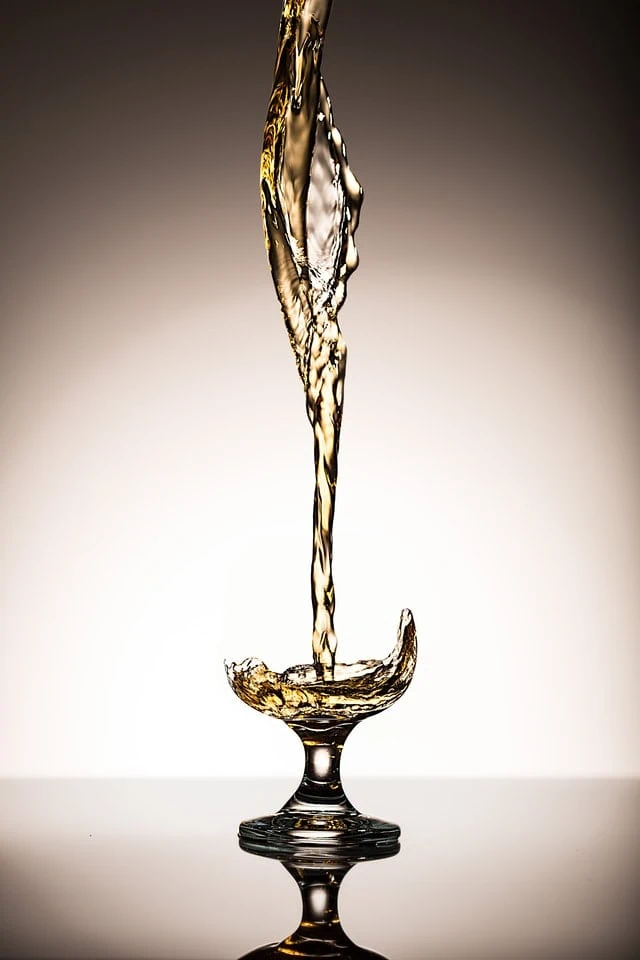The French brandy par excellence is a very special distillate, both for its origin and its elaboration. We tell you everything you want to know about it.
What is cognac?
Cognac is the city where this French spirit comes from. It is found in France in the regions of Charente-Maritime, Charente, Deux-Sèvres and Dordogne. In turn, they are divided into six zones: Grande Champagne, Petite Champagne, Borderies, Fins Bois, Bon Bois and Bois Ordinaire. It is important to know that Cognac is a Protected Designation of Origin (AOC: Apellation d’Origine Contrôllée). Cognac can only be called as such and only if it has been produced in the aforementioned region.
Cognac is a type of brandy made through a double distillation process. In this method, the aim is to retain the maximum flavor that comes from the wines transformed into brandy during the process. A specific number of grape varieties are allowed to produce it: ugni blanc, colombard and folle blanche. To know more read our article The cognac vineyard: Cognac grape varieties.
How many types of cognac are there?
There are three types of cognac. The type of cognac is defined according to the time spent in barrels, referring to its aging.
- VS Cognac: VS or Very Special cognac includes those that have been aged in oak casks for at least two years.
- VSOP Cognac: Very Special Old Pale, is a type of cognac that has spent at least four years in aging. In French they are also known as “Réserve”.
- XO Cognac: XO cognacs are the most exclusive cognacs. XO stands for Extra Old. They have been aged for at least six years in oak barrels. They are also known as Napoleon or Hors d’âge.
How to taste cognac?
The wide aromatic palette of cognacs is full of surprises, appealing to the senses and the memory. For the eye, the nose or the palate, brandy tasting invokes subtlety and finesse.
There is a great diversity of cognacs, and each has its own personality. This is revealed when one takes the time to observe the color of the spirit, its appearance, to smell its aromas and then to taste it.
- In cocktails: both products of a blend, cognac and cocktail have shared a common history since the 19th century. This eau-de-vie of rare elegance brings smoothness and freshness to cocktail creations. Cognac can be mixed with your tonic of choice, for example, or with more complex cocktail creations. For more cocktails, see: Cognac in cocktails: Ready for (re)discovery?.
Photo: Copyright ©BNIC
- Neat: we can taste the cognac pure, in a tulip glass. It is by savoring a few drops of cognac, chewing them almost while sucking in a little air, that the elixir shows all its identity.
- At the table: cognac goes very well with certain foods. To discover these multiple encounters, here are three ritual gestures to adopt: a drop of cognac in the mouth, a mouthful of food and a drop of cognac to finish.
- Food pairing suggestions:
-Bayonne ham – Cognac VS.
-Prawn and its seasonal vegetables – Cognac VS Frozen
-Raspberry tartlet – Cognac XO
No conduzca bajo los efectos del alcohol. Consuma con moderación.

